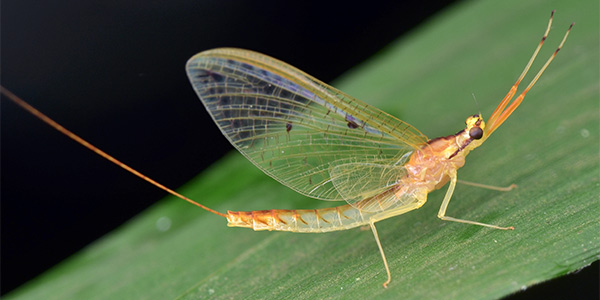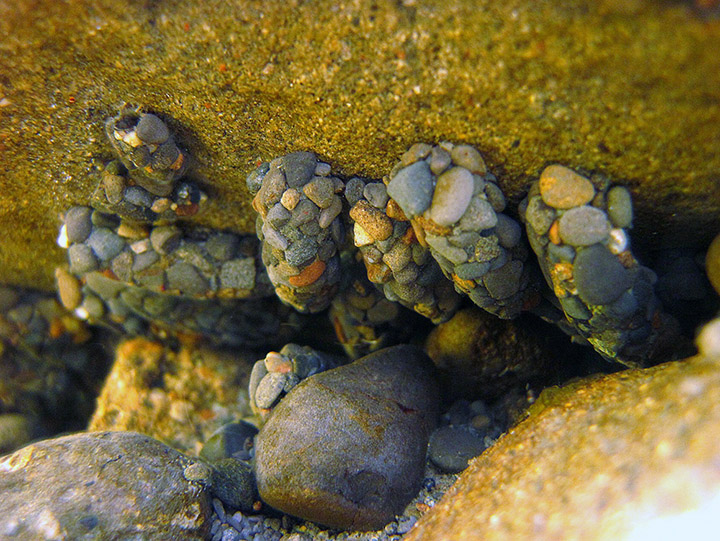| Categories: |
|---|
Estimated reading time: 3 minutes
The Clean Water Act’s (CWA) Section 301(m)(2) reads: “The effuuent limitations established under a permit issued under paragraph (1) shall be sufficient to implement the applicable State water quality standards, to assure the protection of public water supplies and protection and propagation of a balanced, indigenous population of shellfish, fish, fauna, wildlife, and other aquatic organisms, and to allow recreational activities in and on the water. In setting such limitations, the Administrator shall take into account any seasonal variations and the need for an adequate margin of safety, considering the lack of essential knowledge concerning the relationship between effuuent limitations and water quality and the lack of essential knowledge of the effects of discharges on beneficial uses of the receiving waters.”
Neither a permit holder, nor a regulatory agency, can demonstrate compliance with the CWA without data on local aquatic biota and wildlife (protection of indigenous populations of biotic organisms) when water chemistry samples are acquired. The other essential compliance elements are measurements of temporal variability (such as seasonal) and how water chemistry is related to specific beneficial uses (based on local taxa and consumption of water) in the waterbody being assessed.
Comparison of water chemistry constituent concentrations with some maximum concentration based on bioassays of organisms not found in the local waters does not meet the specific requirements of the CWA. Data on the physical, chemical, and biological attributes at designated monitoring locations need to be collected and correctly analyzed to determine cause-and-effect and forecast future conditions.
Permit holders use this information to make operational decisions, identify practices or activities that require modification, and effectively resolve concerns raised by regulators and others.
Regulators use this information to confirm that permitted anthropogenic activities do not adversely affect receiving waters.
Policy makers use this information to ensure statutes require sufficient data to demonstrate CWA compliance.
Beneficial uses of non-municiple potable water supplies need to be stream segment specific. Proper sampling to identify indigenous population of shellfish, fish, fauna, wildlife, and other aquatic organisms is the only technically sound and legally defensible basis for designating beneficial uses.
When operators and regulators have geo-referenced baseline and compliance monitoring data of physical, chemical, and biotic ecosystem components there must be sufficient quantities to account for any seasonal variations or other site-speciïfic dynamics. These analyses should focus on the explanation of biotic variability by physical (e.g., current velocity or temperature) and chemical (e.g., pH or hardness) variables. When these relationships are quantified forecasts of expected future conditions can be calculated.
Just as mining, grazing, logging, and other anthropogenic activities have changed since the CWA was first passed four decades ago so must how policy and regulatory decision makers change water quality standards to reflect our increased understanding of environmental science and man’s effects on the natural world. This also requires application of advanced statistical and spatial models and paradigms that produce increased understanding of the world in which we live and operate.
It is not possible to acquire environmental data from the past. Comprehensive regular collections are an investment against future challenges to operations. Every operator who has been sued by an environmental NGO or penalized by a regulator likely spent more defending itself with direct, indirect, and opportunity costs than it would have spent collecting environmental data and having it appropriately analyzed relative to the specific claims of harm.
Make changes to your environmental practices to eliminate avoidable costs and reap continuing benefits for a long time.
This work was originally published on the Applied Ecosystem Services, LLC web site at https://www.appl-ecosys.com/blog/beneficial-uses/
It is offered under the terms of the Creative Commons Attribution-NonCommercial-NoDerivatives 4.0 International license. In short, you may copy and redistribute the material in any medium or format as long as you credit Dr. Richard Shepard as the author. You may not use the material for commercial purposes, and you may not distribute modified versions.


